By Shantanu Guha Ray in Surguja, central India
Surguja (Chhattisgarh): At 1400 hours on May 19, 2023, workers at Asia’s largest coal mine in central India heard the news that the Securities and Exchange Board of India – India’s market watchdog – has drawn a blank in its probe into suspected violations in overseas investments in the Adani group.
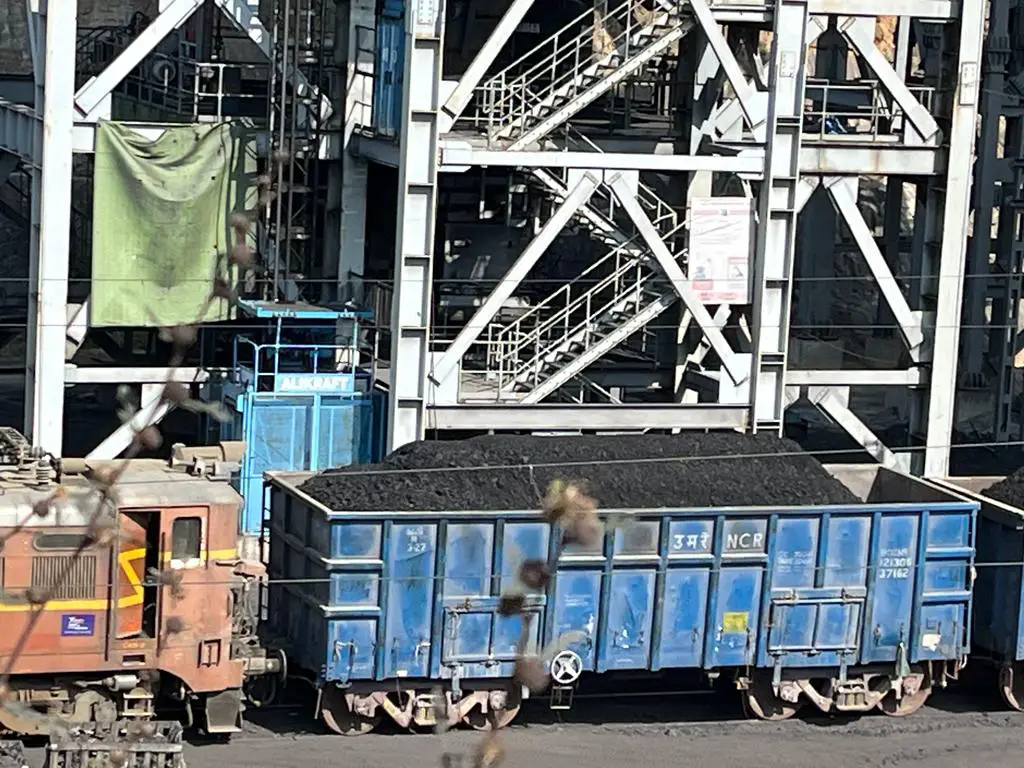
It was – arguably – good news for the Adani group that is operating the mine in mineral rich Chhattisgarh state in central India.
The news helped Gautam Adani, the Indian tycoon heading the coal-to-airports conglomerate, salvage a lot of prestige that many felt was lost when a US research group blamed it for serious violations.
Gautam Adani, head of a $260 billion conglomerate, was once the world’s third richest man.
Across India and also in other parts of the world, the news of the Supreme Court-appointed panel was awaited with bated breath.
India’s apex court had asked the market regulator to probe some of the allegations and submit its findings to a six-member panel formed of veteran bankers and a retired judge.
But the panel said its ongoing pursuit of the case could be a “journey without a destination”. And then, in what appeared to be a largely flat wider stock market in India, shares of the conglomerate were up between 1.2 percent to 7 percent.
The shares continued to rise this week, appreciating seven percent after the Supreme Court panel report’s disclosure.
Critics of the Adani group fell silent, though some continue to say the Supreme Court should have pushed for a more rigorous approach investigation.
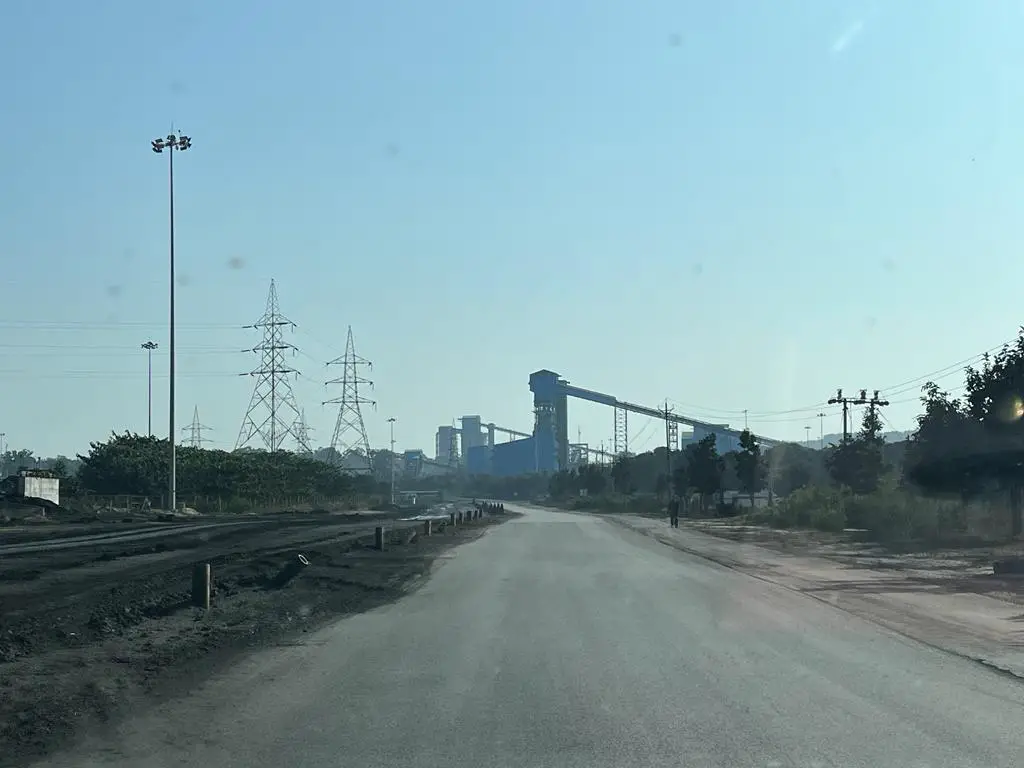
The Adani group’s listed companies had lost over $100 billion in market value this January after the US-based Hindenburg Research raised governance concerns. The Ahmedabad-based group denied wrongdoing.
The controversy triggered a bitter political fight between India’s ruling BJP-led National Democratic Alliance and the Congress Party-led opposition. The latter had demanded a parliamentary investigation. The brouhaha resounded in political circles and in Parliament.
Many global experts had even said the fall in the shares of the Adani Group could even trigger a collapse of Indian capital markets, and with them, collapse of the Indian economy.
Some even blamed the market regulator for not keeping an eye on Adani group stocks when they rose disproportionately over several months.
But their allegations fell flat. As many as 849 alerts were generated by the systems of the market regulator and each of them was followed up by the stock exchanges. The panel found no evidence of price manipulation.
This was not all.
Many critics of Adani had even questioned the volatility in Adani stocks.
But the panel said volatility in Adani stocks right after the Hindenburg report was clearly attributable to the allegations made in the shortseller’s report.
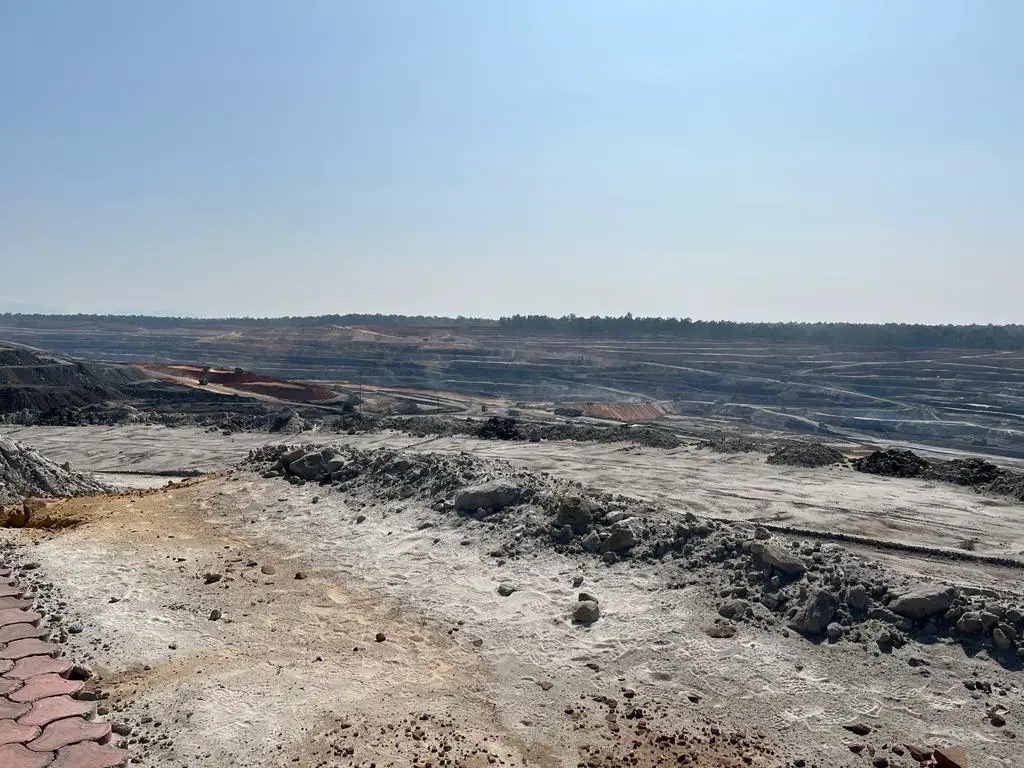
The panel scientifically compared India Vix with CBOE Vix.(Chicago Board Options Exchange’s Volatility Index) that is considered a popular measure of the stock market’s expectation of volatility based on S&P 500 index options.
Some of the US-based economists had even painted a frightening prospect for India, they even feared a broader market contagion. Their fears stemmed from the fact that the Indian economy was the only one that clocked a strong and steady growth since pandemic restrictions were relaxed.
The US economists, who were joined by some from India, even said the Hindenburg report on Adani would spread a blanket of doubt across India’s capital markets. Worse, they even predicted that foreign investors would dump India’s stocks and bonds in fear their value might plummet after the Hindenburg report.
India’s opposition parties wanted an open scrutiny of books of Adani group. But they were told that Adani’s debt is concentrated among lenders backed by state-owned Life Insurance Corporation (LIC) and the country’s largest State Bank of India, and by foreign banks.
In an interview to the New York Times, Gautam Adani said the market regulators were welcome to investigate the stock activity.
In India, For decades, unproven allegations relating to politicians and corporate giants have been routinely misused by opposition political parties.
Indian equities have held largely steady since the Adani collapse, the main market index fairly higher than where it stood a year ago. In comparison, US stocks fell by more than 4 percent during the same period.
Many also felt Adani, and more importantly India, were being singled out by Hindenburg Research for some obvious reasons.
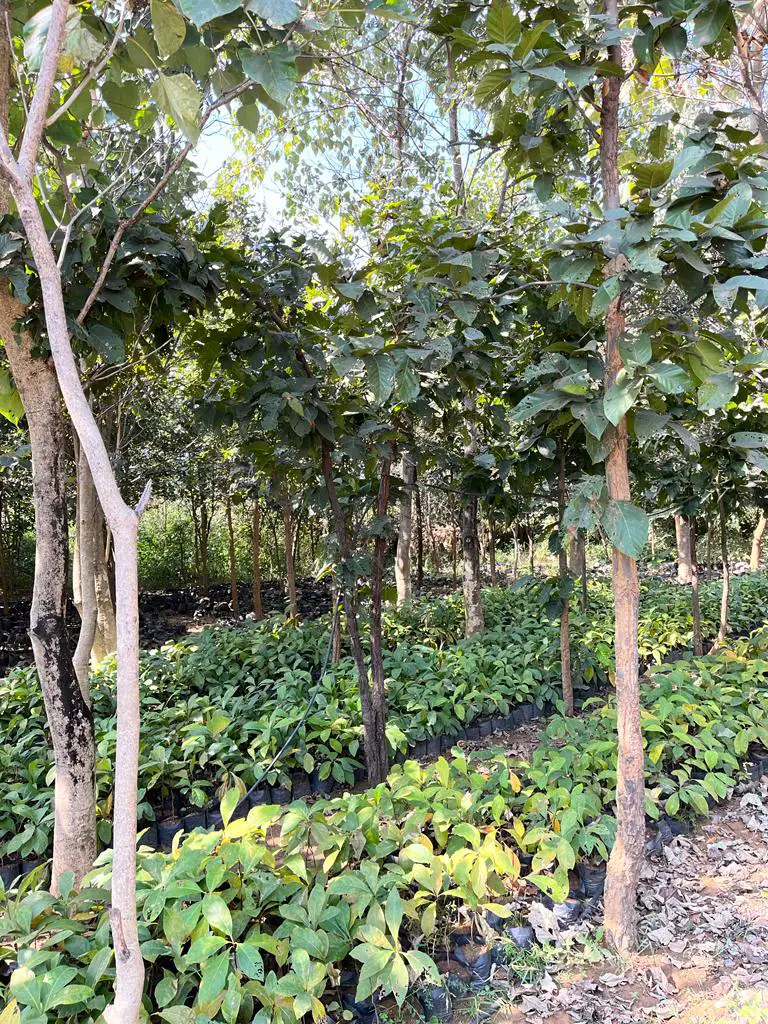
Experts found Hindenburg Research’s silence very shocking in the US, especially in the case of the collapse of Signature Bank and Silicon Valley Bank. And this very Hindenburg went on a maddening spree to discredit the Indian conglomerate, the experts pointed out.
India is home to nearly 1.5 million companies and a well-capitalised stock market. More importantly, its National Stock Exchange (NSE) had fluctuated with consummate ease between $3 trillion and $3.5 trillion in 2022. In the past decade, $1.5 trillion in value had been added to India’s public markets.
Critics of Adani Group – a family run infrastructure – who had claimed that the group would fall into bankruptcy after the Hindenburg report also had no answer when the Supreme Court panel said it has found evidence of profiteering by as many as six entities on Adani stocks.
Before the Hindenburg Report was released, these entities created short positions and squared off their positions after the price of Adani stocks crashed upon publication of the report on January 24, 2023.
The Adani Group accounts for a major share in India’s nation-building initiative.
Political observers said “the Hindenburg report abroad and its broadcasters in India had effectively stymied a large infrastructure building group and had also deprived stock market investors of their legitimate earnings”.
The New York Times had one said: “Adani, 60, represents the muscular self-confidence of a country”.
Some of Adani’s fiercest critics are climate activists who blame the company for mining coal, in India and abroad.
In Surguja, miners told this reporter the news of the panel will generate a positive image for the group that has often drawn flak for unproven allegations.
The mines are close to Hasdeo Aranya forest that sprawls across 600 square miles. The forest contains an estimated 5 billion tonnes of coal located close to the surface and is easy to mine.
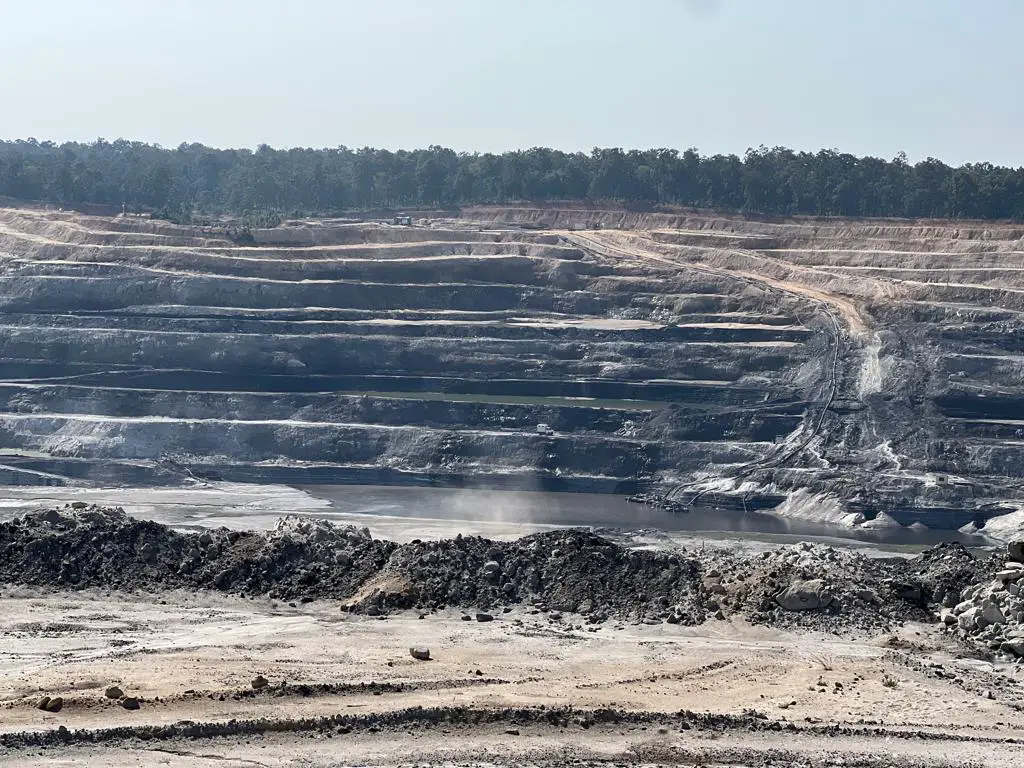
When work started, there was fear that the mines would destroy at least 1,898 hectares of forest land. The Adani group was blamed for destruction of forest cover.
There were other issues. At the heart of the mines was a proposed elephant reserve that became the proverbial Achilles’ heel for the Chhattisgarh government. The previous forest cover for an estimated 260 elephants was 400 square kilometres. It was expanded by the Congress government five times to almost 2,000 square kilometres without any logical reason.
The Adani Enterprise was blamed for destruction of forests and displacement by activists claiming to be representing tribals living in the vicinity of the elephant reserve.
But independent studies showed tribals who were against mining were those who were compensated but were demanding more cash. They were just a handful.
Last year, locals from the affected villages represented before the Chhattisgarh Governor, Anusuiya Uikey that certain elements are misrepresenting their interests to jeopardise the development projects. They requested Uikey to allow land acquisition so that they can get their compensation at the earliest.
Their demand showed that the majority tribals – unlike what climate experts claim – actually want mining to happen and development of the region.
Despite mining, the forest cover in Surguja is ten times more than what existed here. The new forests have countless rare plants such as epiphytic orchids and smilax. Miners say critics of Adani are not aware of the company’s new afforestation programme.
Chhattisgarh state accounted for the highest coal production of 158 million tonnes in India’s total production of over 700 million tonnes in 2020-21.
Coal is important for India, which is the world’s second-largest producer and consumer of coal (after China). The coal sector generates nearly 70 percent of India’s annual electricity and employs at least 2.9 million people.
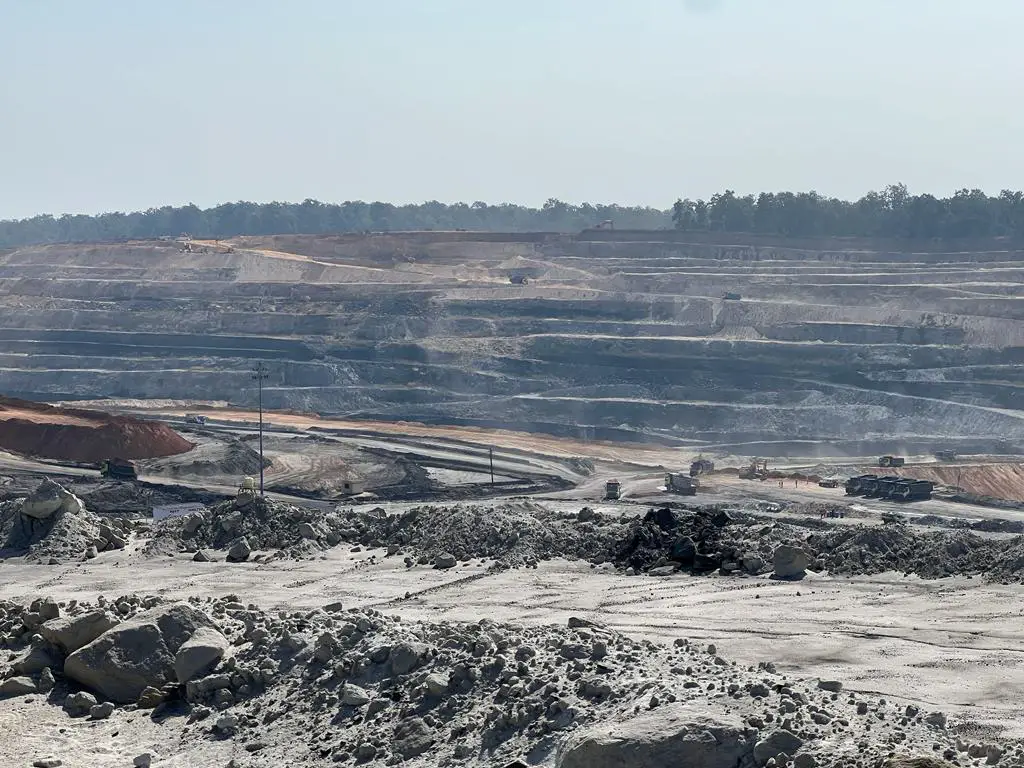
While India is rapidly adding solar power generation plants to achieve its target of 280 GW capacity by 2030, country’s policy makers have also initiated slew of measures to ramp up coal production. India’s apex public policy think tank, Niti Aayog expects India’s coal demand to remain in the range of 1192-1325 million tonnes by 2030.
Amandeep Jain, a former colonel with the Indian Army who now works with the Adani Group, said India needs coal badly because there are no alternatives. “Critics say all forests will be destroyed. That is not the case. Tribals who have given up their land have been compensated adequately, many work in the mines and run schools and medical clinics.”
Jain said privately-owned companies in India are often pilloried by activists and politicians instead of state utilities. Kolkata-based Coal India, a state-owned company which is also the world’s largest coal mining firm, has massive operations in Chhattisgarh but faces no opposition from local critics advocating for forests and tribal rights.
This is not all.
Adani’s Australian coal mine – counted among the world’s largest open-pit mining operations – also faced a sustained climate campaign led by activist Greta Thunberg. Eventually, after all financiers pulled out, Adani had to put up $7 billion himself and silence the critics.
Adani, already among the world’s three largest coal traders, is also the world’s biggest coal importer.
Now, the Supreme Court-appointed panel’s ruling has come as a terrific boost to the group’s infrastructure ambitions in India, one of the world’s fastest-growing large economies.
(Shantanu Guha Ray is the Asia Editor of CEN. His book on coal, titled Black Harvest, will hit the stands soon)



